All Formats & Editions

Babbitt (Bantam Classics)
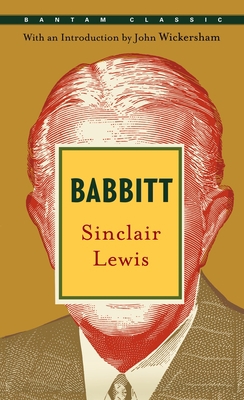
Babbitt
When Babbitt was first published in 1922, fans gleefully hailed its scathing portrait of a crass, materialistic nation; critics denounced it as an unfair skewering of the American businessman. Sparking heated literary debate, Babbitt became a controversial classic, securing Sinclair...
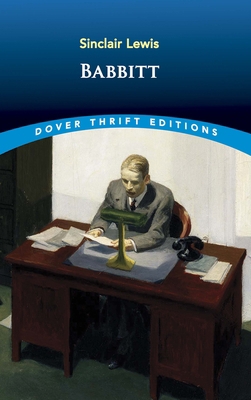
Babbitt
Prosperous and socially prominent, George Babbitt appears to have everything a man could wish: good health, a fine family, and a profitable business in a booming Midwestern city. But the middle-aged real estate agent is shaken from his self-satisfaction by a growing restlessness...
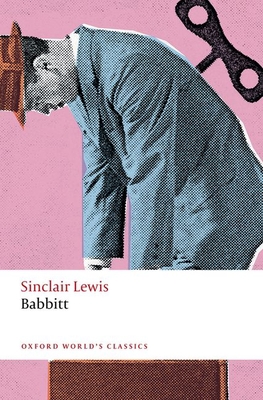
Babbitt
Amusing and tragic by turn, Sinclair Lewis's classic novel is a biting satire of middle-American values whose title has entered the language as a byword for smug complacency, conformity, and materialism, and whose suburban targets are still much in evidence. A successful real...


Babbitt - Classic Illustrated Edition

Babbitt
Sinclair Lewis's classic satire Babbitt follows the life of George F. Babbitt, a middle-class businessman in 1920s America. Set in the fictional town of Zenith, Babbitt's story is one of a man seeking social acceptance and desperately trying to climb the societal ladder. Through...
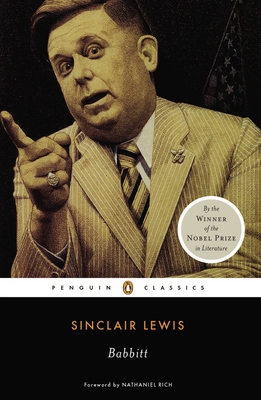
Babbitt
The masterpiece of Nobel Prize winner Sinclair Lewis A Penguin Classic George F. Babbitt, a conniving, prosperous real estate man from Zenith, Ohio, revels in his popularity, his success, and, especially, in the material rewards they bring. He bullies...

Babbitt: (with an Introduction by Hugh Walpole)
First published in 1922, "Babbitt" is Sinclair Lewis' satire of American culture in the early part of the 20th century. In the years following World War I Americans began to idealize the middle-class lifestyle as a symbol of success, one crucial to the American identity. The...
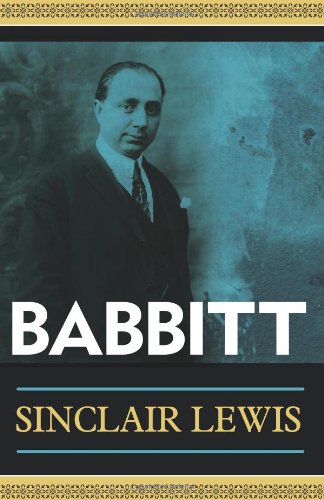

Babbit
Babbitt is professionally successful as a realtor. He lives with only the vaguest awareness of the lives and deaths of his contemporaries. Much of his energy in the beginning is spent on climbing the social ladder through booster functions, real estate sales, and making good...
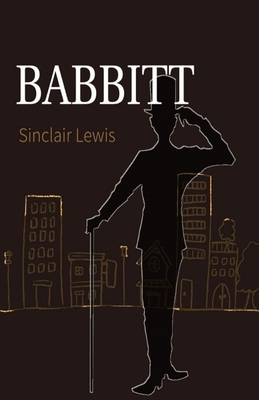
Babbitt Illustrated
Babbitt (1922), by Sinclair Lewis, is a satirical novel about American culture and society that critiques the vacuity of middle class life and the social pressure toward conformity. The controversy provoked by Babbitt was influential in the decision to award the Nobel Prize in...

BABBITT
"Babbitt" by Sinclair Lewis , published in 1922, is a satirical novel that critiques the conformity and materialism of American middle-class life in the 1920s. The story follows George F. Babbitt, a successful but deeply dissatisfied real estate agent in the fictional city of...

Babbit
qTHE towers of Zenith aspired above the morning mist; austere towers of steel and cement and limestone sturdy as cliffs and delicate as silver rods. q
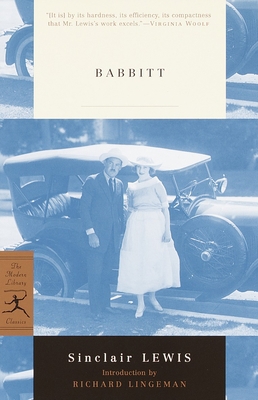
Babbitt
In the fall of 1920, Sinclair Lewis began a novel set in a fast-growing city with the heart and mind of a small town. For the center of his cutting satire of American business he created the bustling, shallow, and myopic George F. Babbitt, the epitome of middle-class mediocrity...



Babbitt
Since the 1922 publication of Babbitt , its eponymous antihero--a prosperous real estate broker and relentless social climber inhabiting a Midwestern town called Zenith--has become a symbol of stultifying values and middle-class hypocrisy. At once a conformist and a rebel, George...



Sinclair Lewis: Babbitt-Original Classic Editio...

Babbitt
The towers of Zenith aspired above the morning mist; austere towers of steel and cement and limestone, sturdy as cliffs and delicate as silver rods. They were neither citadels nor churches, but frankly and beautifully office-buildings. The mist took pity on the fretted structures...
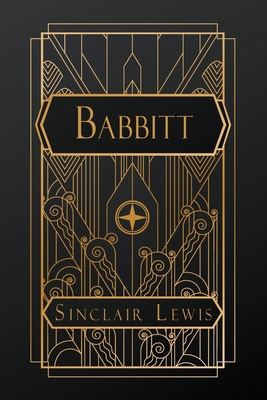
Babbitt
In Babbitt, Sinclair Lewis delivers a biting satire of American middle-class life through the story of George F. Babbitt, a prosperous but disillusioned real estate agent. This classic novel explores themes of conformity, ambition, and the quest for meaning in a rapidly changing...
![Babbit (Spanish Edition) [Spanish] 8466361677 Book Cover](https://i.thriftbooks.com/api/imagehandler/l/0B949BC95D47A5C30FDFC917E8988D92DB58D3B0.jpeg)
Babbit (Spanish Edition) [Spanish]
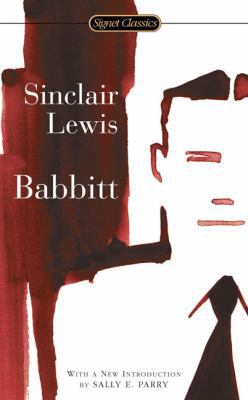
Babbitt
Since the 1922 publication of Babbitt, its eponymous anti-hero-a real estate broker and relentless social climber inhabiting a Midwestern town called Zenith-has become a symbol of stultifying values and middle class hypocrisy.



